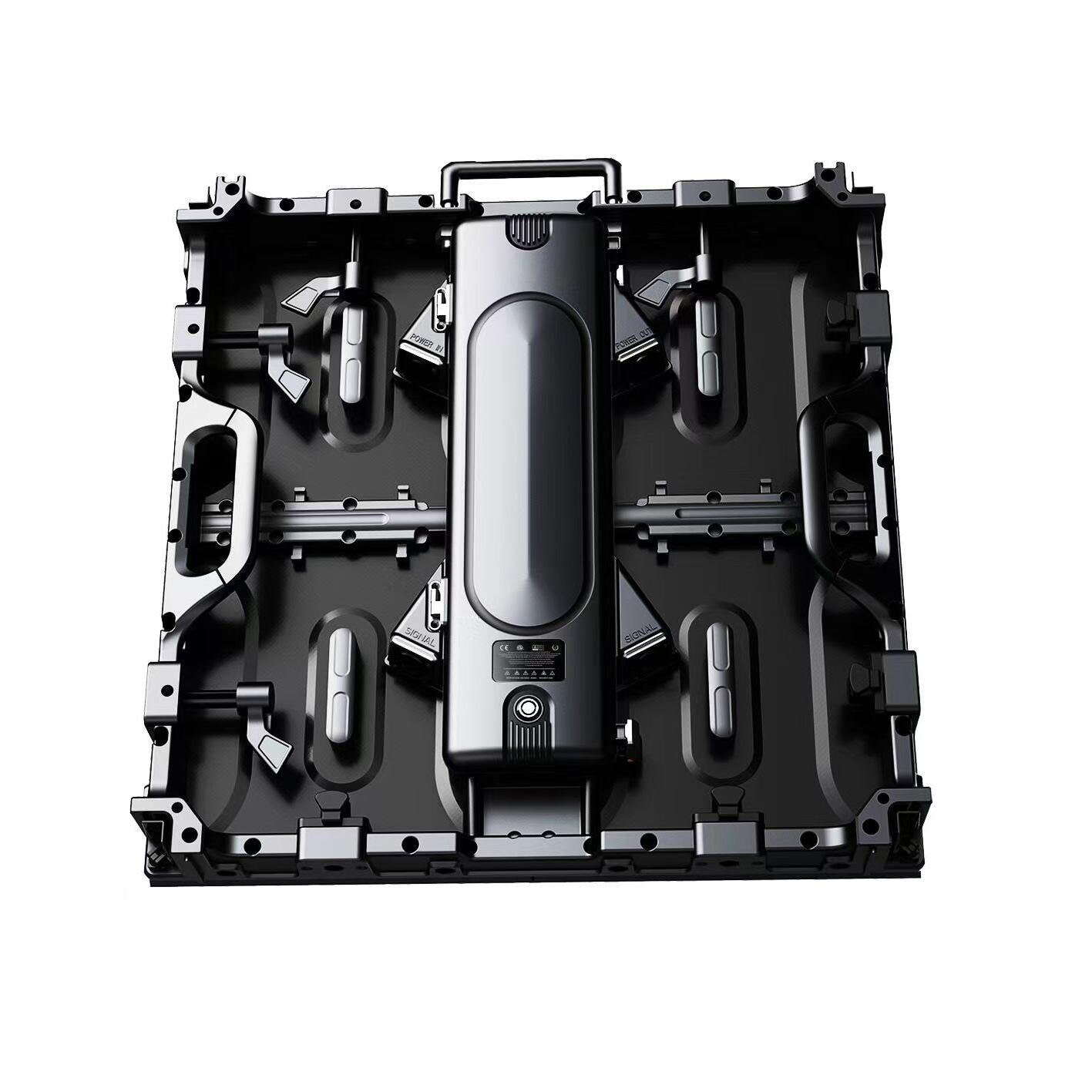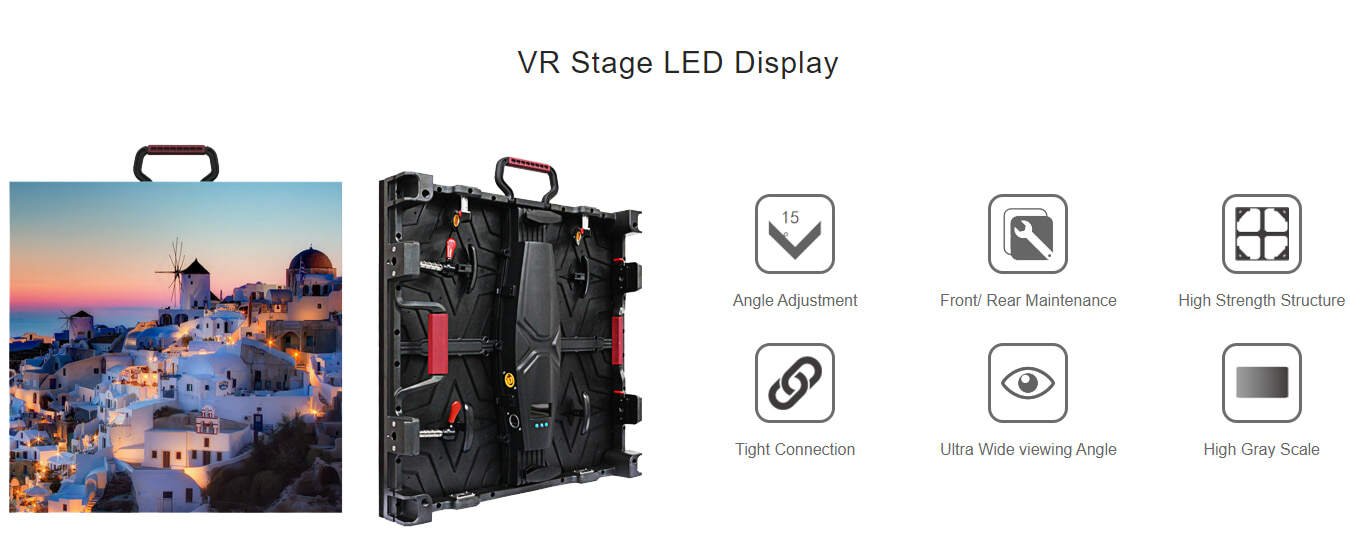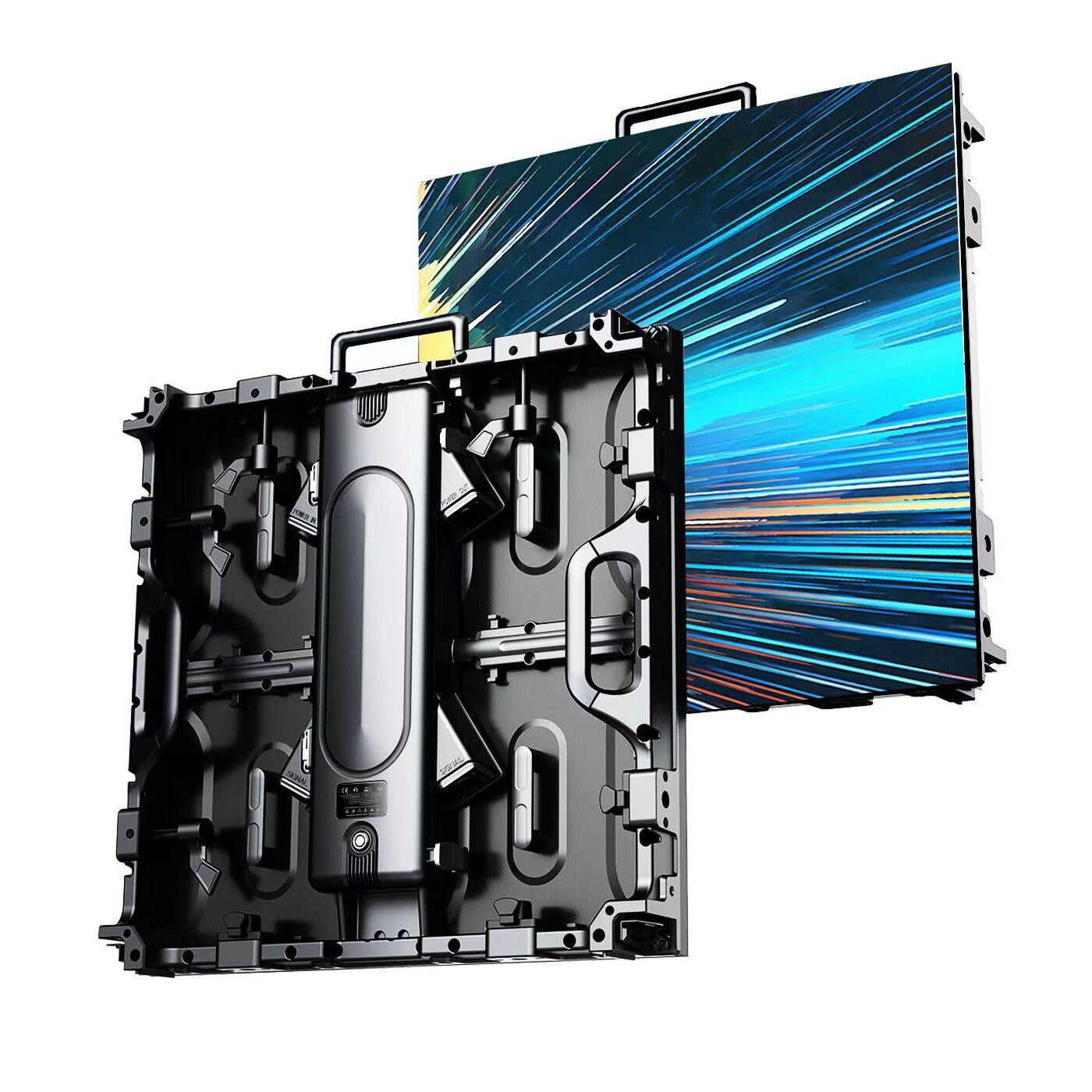church led screen price
Church LED screen prices represent a significant consideration for religious institutions looking to enhance their worship experience through modern technology. These digital displays come in various sizes and specifications, typically ranging from small auxiliary screens to large format displays suitable for main sanctuaries. The pricing structure depends on several key factors, including resolution quality (commonly available in 2K, 4K, or even 8K), pixel pitch (ranging from 1.5mm to 4mm for indoor applications), brightness levels (typically 800-1500 nits for indoor use), and overall dimensions. Modern church LED screens incorporate advanced features such as HDR support, wide viewing angles exceeding 160 degrees, and sophisticated color calibration systems. These screens serve multiple purposes in worship settings, from displaying song lyrics and scripture passages to streaming live camera feeds and multimedia presentations. The price point varies significantly, with entry-level solutions starting around $10,000 for smaller installations, while comprehensive systems for larger venues can reach $50,000 or more. Installation costs, warranties, and ongoing maintenance requirements also factor into the total investment. Many manufacturers offer specialized packages designed specifically for houses of worship, including control systems optimized for volunteer operators and integration with existing audio-visual equipment.


